How to Write a Scholarship Template Letter
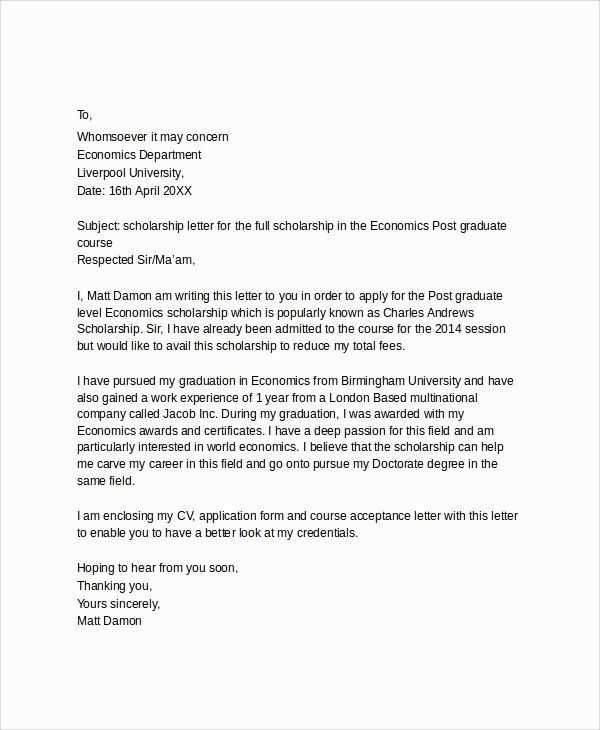
Creating a well-crafted document to support your candidacy for financial aid is crucial in standing out. A strong, thoughtful approach can make all the difference when competing for funding opportunities. The key lies in presenting your qualifications, ambitions, and goals clearly and persuasively.
Effective communication is essential when you want to convince an organization to consider you for their funding. The written submission should reflect your strengths, demonstrate why you are a deserving candidate, and outline your potential. By focusing on these core elements, you can create a powerful representation of yourself that resonates with decision-makers.
Tailoring your submission to match the specific expectations of the funding body can enhance your chances significantly. Each opportunity is unique, and understanding how to adapt your content will show that you’ve invested time and effort into crafting the perfect response.
Building a Compelling Case for Support
When applying for financial assistance, your ability to present a compelling narrative is key. A well-structured submission reflects not only your achievements but also your potential and determination. It’s about showcasing what makes you unique and why you deserve the support to achieve your goals. Properly framing your qualifications and goals can significantly influence the selection committee’s decision-making process.
Key Elements to Include
The structure of your submission should include several crucial elements that collectively present you as a strong candidate. Focus on clarity and conciseness while ensuring all relevant points are addressed. The following table outlines the most important components to cover:
| Component | Description |
|---|---|
| Introduction | A brief overview that captures the reader’s attention and explains your motivation. |
| Personal Background | Details about your background, achievements, and how they align with your future aspirations. |
| Goals and Ambitions | Clearly state your objectives and how receiving this aid will help you achieve them. |
| Closing Statement | A strong conclusion that reaffirms your suitability and gratitude for the opportunity. |
Tips for Writing a Powerful Application
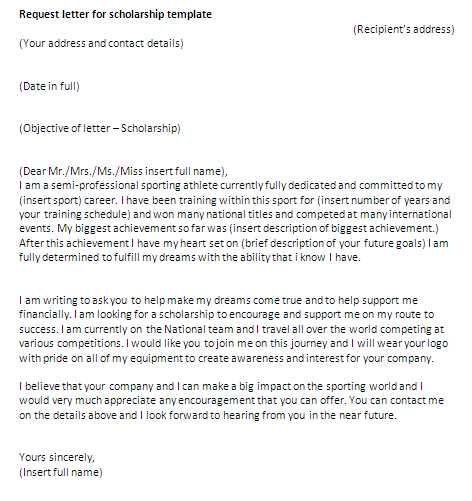
It is essential to tailor your response to the specific requirements of the opportunity you are applying for. Each organization may have different expectations, and a personalized approach will demonstrate that you have done your research. Keep your language professional yet approachable, and remember that your submission is an opportunity to leave a lasting impression.
Key Elements of a Strong Application
A well-structured document for financial aid should capture the reader’s attention while conveying essential details about your qualifications and goals. The content must be focused, concise, and demonstrate why you are a deserving candidate. Several key components should be included to make a strong case for your candidacy, ensuring that all relevant information is presented clearly and effectively.
Introduction: Start by introducing yourself and briefly explaining your purpose. This is the first chance to engage the reader, so make sure it’s both concise and impactful. A clear introduction sets the tone for the rest of your submission.
Personal Background: Provide relevant details about your personal experiences, academic history, or any accomplishments that align with your goals. This is where you highlight what makes you unique and show how your background supports your aspirations.
Objectives and Goals: Articulate your aspirations and explain how receiving the opportunity will help you achieve them. It’s important to connect your long-term goals with the assistance you are seeking, showing the committee how this opportunity fits into your vision for the future.
Closing Statement: Conclude your document with a strong, appreciative closing. Restate your gratitude for the opportunity and reaffirm your suitability as a candidate. This final statement should leave a positive, lasting impression on the reader.
Ensuring each of these elements is addressed thoughtfully will strengthen your application and increase the likelihood of success.
How to Personalize Your Application
One of the most crucial aspects of any submission for financial aid is ensuring it stands out. Personalizing your response shows that you’ve taken the time to understand the opportunity and tailored your message accordingly. A generic submission is less likely to make an impact, while a customized one reflects your genuine interest and effort, helping you connect with the reviewers.
Research the Organization
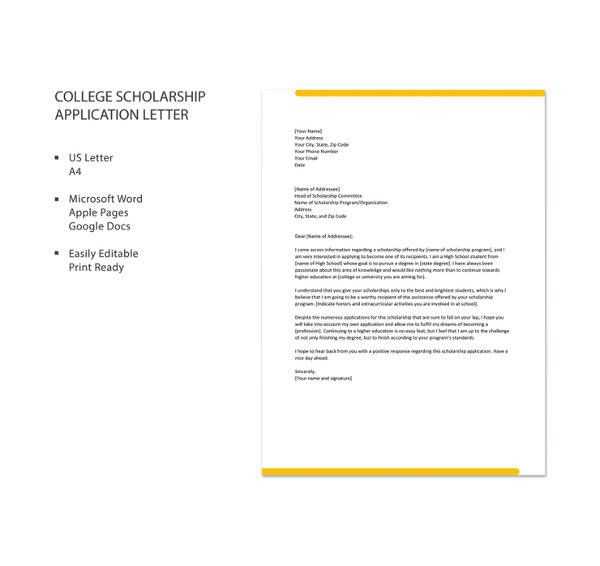
Before you begin crafting your document, take the time to research the organization or program offering the opportunity. Understand their mission, values, and any specific criteria they emphasize. Tailoring your content to align with their goals shows that you have a strong understanding of their objectives and are a good fit for their vision.
Highlight Relevant Experience
When personalizing your submission, focus on experiences, achievements, or qualities that are directly relevant to the opportunity. Avoid including irrelevant details, as this can distract from the core message. Instead, emphasize how your background and skills align with the goals of the organization, making your case more compelling.
Use Specific Examples: Concrete examples from your past that demonstrate your achievements or experiences can strengthen your application. Show, don’t just tell, how your background has prepared you for success in this opportunity.
By personalizing your submission, you effectively communicate not just why you need support, but also why you are the best candidate for it.
Avoiding Common Mistakes in Applications
When applying for financial support, the way you present yourself plays a significant role in the success of your submission. Even small errors or oversights can negatively affect your chances. It’s important to carefully craft your response, paying attention to detail to avoid common pitfalls that many applicants fall into.
One of the most frequent mistakes is failing to follow the specific instructions provided by the organization. Whether it’s formatting guidelines, word count restrictions, or required documents, overlooking these details can give the impression that you haven’t taken the opportunity seriously. Always read the instructions carefully and make sure you adhere to them.
Another common issue is a lack of focus. Being too vague or writing irrelevant information can distract from the main purpose of your submission. Stay focused on your qualifications, goals, and how they align with the opportunity at hand. Avoid going off-topic or including unnecessary details that do not directly support your case.
Lastly, errors in grammar, spelling, and punctuation can undermine the professionalism of your submission. Make sure to proofread your response carefully before submitting it. Even a small mistake can leave a lasting negative impression on the reviewers.
Tailoring Your Application for Specific Opportunities
Customizing your submission for each opportunity is essential in making your case stand out. Each organization or program may have its own set of values, goals, and expectations. By adjusting your message to align with these specific requirements, you demonstrate not only your suitability but also your genuine interest in the particular opportunity.
Research the Requirements
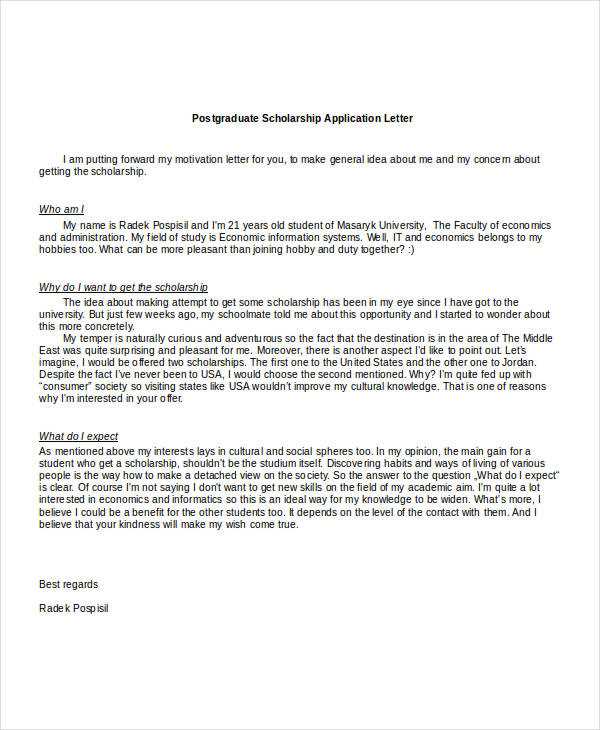
Before you begin writing, make sure to thoroughly research the specific criteria and goals of the opportunity. This ensures you can tailor your response in a way that highlights your most relevant experiences and aspirations. Pay attention to the following:
- Eligibility criteria: Ensure you meet all the basic requirements before investing time in tailoring your content.
- Mission and values: Align your personal story with the organization’s mission to show that you are a good fit.
- Specific goals: Understand the goals of the opportunity and tailor your objectives to demonstrate how they align.
Focus on Relevant Skills and Experience
When customizing your submission, focus on the skills and experiences that are most pertinent to the opportunity. Consider the following points to help highlight your strengths:
- Identify key skills: Emphasize the skills that are most relevant to the opportunity you are applying for.
- Show alignment with goals: Provide examples of past experiences that demonstrate your ability to achieve the opportunity’s goals.
- Use specific language: Adapt your tone and language to reflect the nature of the organization or program you are targeting.
By tailoring your submission to each opportunity, you effectively present yourself as a perfect match for their needs, which can significantly enhance your chances of success.
Effectively Highlighting Achievements
One of the most important aspects of your submission is showcasing your accomplishments. Effectively highlighting your past successes not only demonstrates your qualifications but also sets you apart from other applicants. By strategically presenting your achievements, you can create a compelling narrative that aligns with the opportunity you’re applying for.
Start by selecting achievements that are most relevant to the opportunity. Choose examples that showcase skills, experiences, and qualities that directly relate to the goals and values of the organization or program. Focus on results and impact, rather than simply listing activities or roles you have been involved in.
Use clear, concise language to describe each achievement. Whenever possible, quantify the results to provide concrete evidence of your success. For example, instead of saying “I helped my team,” say “I led a team of five to increase sales by 30% over six months.” Specific details make your accomplishments more memorable and impactful.
Additionally, ensure that your achievements align with the skills and characteristics the organization is looking for. This shows that you not only have relevant experience but also the potential to succeed in the role or program.
Proper Formatting for Written Applications
When submitting a formal application, the way you structure and present your content is just as important as the message itself. Proper formatting ensures clarity and professionalism, which can make a significant difference in how your submission is perceived. By following a clear, organized format, you help the reader navigate your application with ease, increasing your chances of success.
Begin by ensuring your document is easy to read. Use a professional font, such as Arial or Times New Roman, in a readable size (typically 11 or 12 pt). Maintain consistent spacing and margins throughout your submission to create a neat, polished appearance.
Key Formatting Guidelines
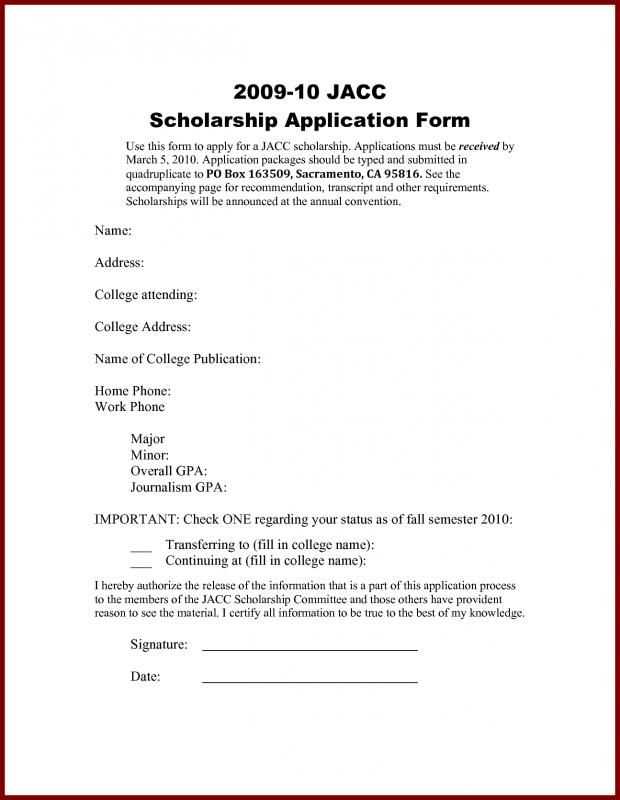
- Heading and Structure: Organize your content logically. Use appropriate headings to separate different sections of your application, such as an introduction, qualifications, and conclusion.
- Clear Paragraphs: Break your text into short, well-organized paragraphs. Each paragraph should focus on one key point to keep your writing clear and concise.
- Consistent Style: Maintain uniformity in formatting. Avoid using multiple fonts or sizes, and stick to one formatting style throughout the document.
Essential Elements to Include
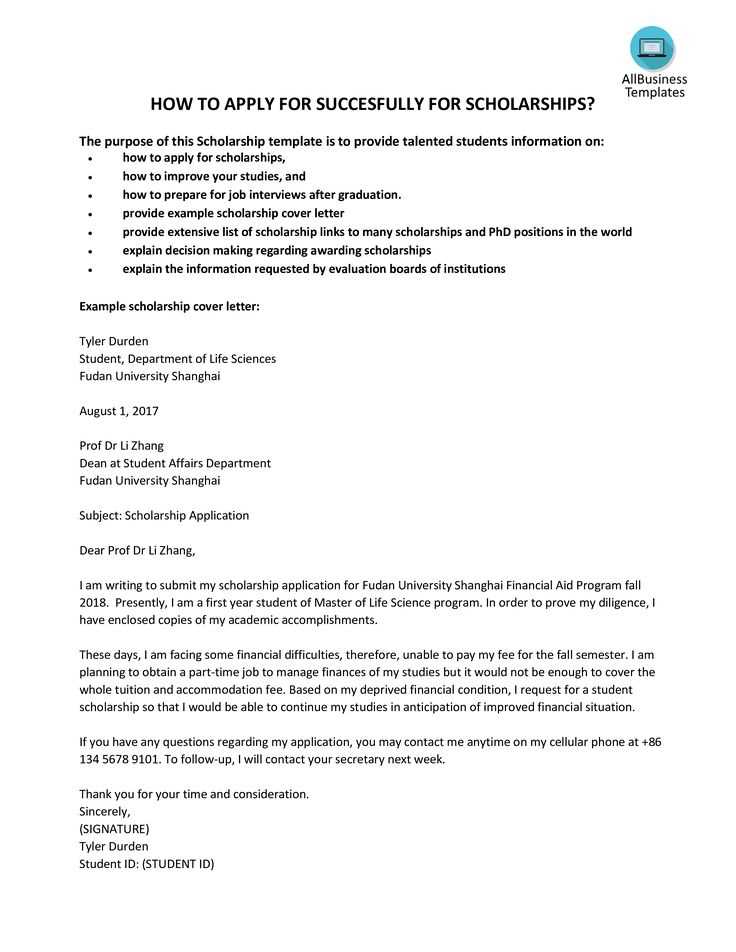
- Contact Information: Place your contact details at the top of the page, followed by the recipient’s information.
- Formal Salutation: Begin with a respectful greeting, such as “Dear [Title] [Last Name].”
- Signature: Close with a professional sign-off like “Sincerely” or “Best regards” followed by your name.
Proper formatting not only ensures that your application is clear but also reflects your attention to detail and professionalism, key qualities that make a positive impression on the reader.